23 SaaS metrics for fundraising + optimization
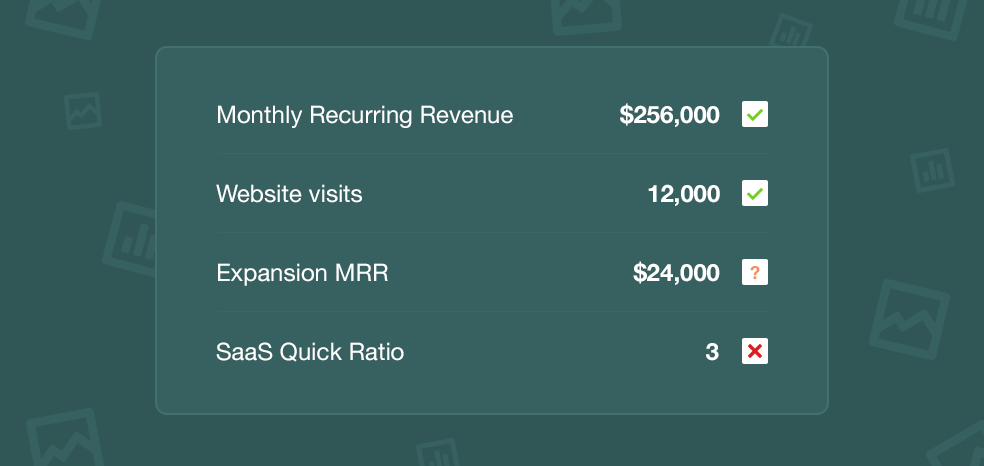
Fundraising can be a distracting period for a company. The CEO and the finance/analytics team particularly feel the weight of this burden with multiple demands on their time.
As investor requests pile up, the fundraising process can sometimes feel like a never ending series of fire drills. Having been through the process a few times we’ve created a list of the most common requests that we’ve seen from VCs. If you are at an early stage and planning to fundraise, it should help you pre-empt the chaos, especially if like Intercom you are a SaaS company.
This is not a guide on how to engage a VC or how to create a pitch deck. Its intent is to help you get your house in order before a VC comes knocking with questions. While the exact composition of each of these metrics will be different for every SaaS business, it’s nearly guaranteed that all of these data points, in some form or another, will be on any serious investor’s lists of requests. You’ll typically see all of these requests prior to a term sheet. If you don’t, not to worry, you will get them during diligence.
It takes time to identify and understand each of these metrics in the context of your business. More importantly, it takes deep analysis and constant experimentation to understand how you can impact them. You do not want to be considering these metrics for the first time when you get a query about them from a potential investor. Plan accordingly. If you don’t already have an analyst on your team, seriously consider hiring one that can own this.
Lastly, if you’re not religiously tracking these metrics already, start now. There’s a reason VCs ask for them; these metrics are the heartbeat of your business. Having a solid grasp on them will make you a better manager.
23 Vital Saas Metrics for Fundraising + Optimization
The following 20 SaaS metrics represent the performance and opportunity of your company as you raise money (or simply look to improve your business):
- MRR Build
- Gross Churn
- Net Churn
- Cohort Retention
- CAC
- LTV
- Contributing Margin
- Payback period
- Quota attainment
- Sales funnel
- Sales customer economics
- Available pipeline
- Sales Payback Period
- Magic Number
- Active users
- Time Spent in product
- Activity in product
- Gross Profit Margin
- Department Spent
- Operating Income or Loss
- Market Opportunity
- Projections
- Customer References
Now let’s break them down:
Monthly Recurring Revenue (MRR) Build
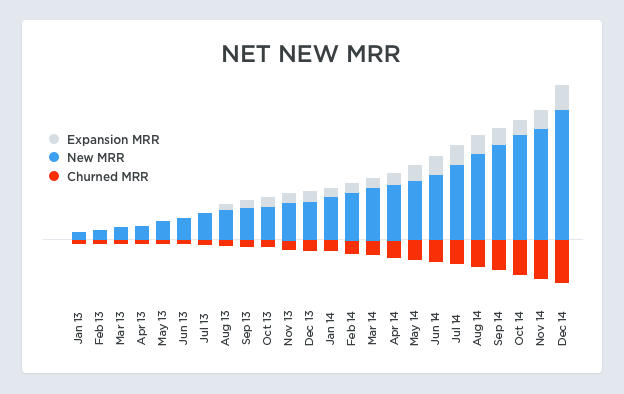
This is the trail that shows how you’ve become the company that you are today. Ultimately, your valuation and the amount that you’re able to raise will be calculated from a combination of:
- Your current MRR
- How quickly you’ve gotten there
- The rate at which you’re adding to it
- The rate at which you’re losing it
Simple as that :)
Here’s a summary of how you should present this:
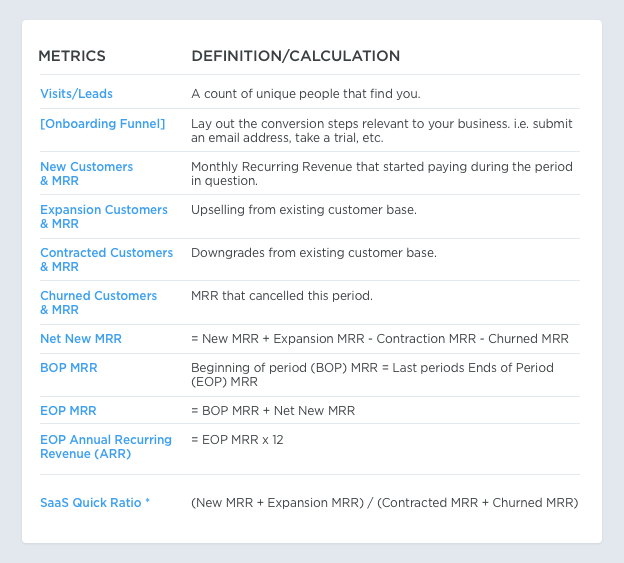
* You want your SaaS Quick Ratio to be over 4
We’ll explore a few of these in more detail (visits/leads, churn, and annual/lifetime customer value) below.
Retention

MRR retention will make or break the growth of your SaaS business – there’s no point filling the bucket if it’s full of holes. This topic has been covered over, and over, and over again. Read these articles and digest them. Investors will be heavily focused on this aspect of your business.
You’ll need to show retention in a few ways.
Gross Churn:
Of all the committed revenue you had last period, how much walked out the door this period? Do the same on a customer count basis.
Gross MRR Churn = Churned MRR / BOP MRR
Gross Customer Churn = Churned Customers / BOP Customers
Net churn:
Of all the committed revenue you had last period, how much walked out the door this period net of upsells?
Net MRR Churn: (Churned MRR - Expansion MRR) / BOP MRR
Cohort Retention:
Churn metrics as described above are a great snapshot into the business at a point in time. However, it’s a blended average of all customers at different points in their lifecycle. Retention by cohort gives you a longitudinal view of how good you are at keeping, up-selling and cross-selling any given customer and how that has evolved over time. In other words, for every dollar that starts today, how many dollars do you have 6 months later, one year later, and so on?
Below is an example of how this is typically displayed. This fictional business is getting better at retaining customers and up-selling them over time; a promising sign. Cohorts greater than 100% is what investors want to see. Consistent cohorts of greater than 100% will lead to negative net MRR churn.
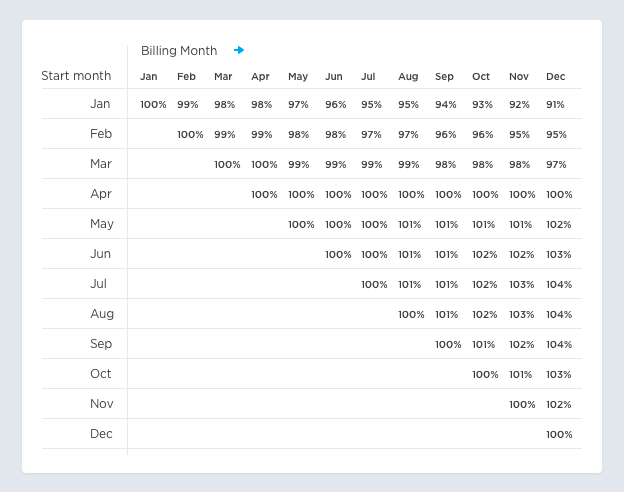
Customer Acquisition
This boils down to how you find and acquire new customers. Ask yourself:
How have traffic / lead sources changed over time and what’s driving that? Is it repeatable?
How many unique visitors do you get on a monthly basis, and how many of them are from organic traffic sources vs paid?
You’ll need to prove out the economics of your acquisition strategy. It’s important to calculate the following for your overall business.
CAC: Cost of acquiring a customer.
Calculation: (total $ spent on S&M) / (total new customers)
LTV: Customer Lifetime Value.
Calculation: ARPA / Gross MRR Churn
Contribution Margin:
Calculation: (LTV x GP Margin) - CAC
Payback period: this is the time it takes you to recover your CAC.
Calculation: CAC / (ARPA * GP Margin)
It’s also a very common request and important to calculate the above metrics specifically for paid tactics. To do this, recalculate the metrics above using S&M spend, new customers, and gross MRR churn only employed/observed via paid marketing.
If you’ve made it as far as hiring a sales team, you’ll need to showcase the traction and productivity of that team. The metrics here include:
Quota attainment
You’ll want to show this on a per rep basis and at the overall team level. The earlier you are in building your sales team, the higher you want this to be (assuming a relatively standard sales quota). If your reps are doubling their quotas, that shows you can add to the sales team and reasonably expect those new reps to be productive.
Sales funnel
What % of your pipeline are you closing and how long is the average sales cycle? This will be a good indicator of how quickly you’ll be able to scale the sales team and have them contribute to the business.
Sales customer economics
Do you see any variance in the size of the deals and/or in churn? The answer to both of these should be yes.
Available pipeline
This is a leading indicator of future performance and your ability to scale the sales team.
Sales Payback Period
This will illustrate how quickly you recuperate your spend on your sales team. The calculation is as follows:
Payback period [in months] = 1 / ( (New ARR in period) / (Total sales spend [base + variable + overhead] in period) ) * 12
The above are all detailed metrics that investors will use to understand each component of your sales and marketing engine. The magic number is a quick and easy way to effectively summarize your overall spend on acquisition.
Investors will use the magic number to benchmark your sales and marketing spend against various other SaaS companies. As Will Price puts it, “The [magic number] provides insight into the effectiveness of previous quarter Sales and Marketing spend on MRR growth. Your MN will be penalized if the spend is wasted (bad marketing, bad sales execution), if your churn is high or if the market has issues (saturation, competitive forces). It also has a very high correlation with Q/Q growth rates so in general, high Magic Numbers are good.”
Magic number is calculated as:
(change in ARR during period) / (S&M spend in prior period)
and
Your payback period on acquisition spend (in months) = (1 / magic number ) x 12
It’s important to customize the period that best reflects your business. A magic number below 1 is worrisome if you’re early stage. That means for every $1 spent on sales and marketing, you bring in <$1 in new ARR and your payback period is greater than one year. A magic number in the range of 1-1.5 typically means your spend is reasonable (although not all ARR is created equal – mind the churn!). Here you bring in over $1 of ARR for every dollar you spend on S&M, and your payback period is between 8-12 months. Greater than 1.5 and you’ll grab investors attention. It means you probably have more room to spend on S&M and grow even faster.
Engagement
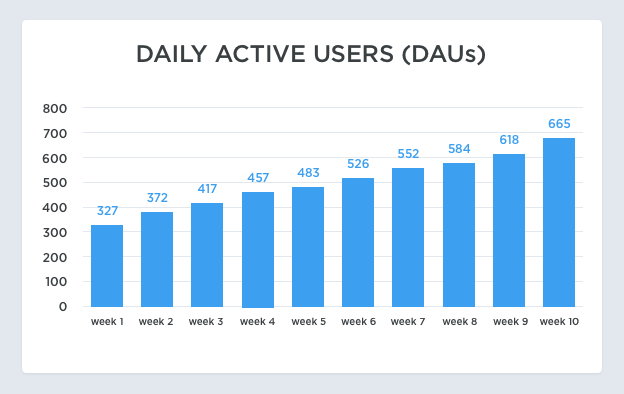
As enterprise software get consumerized, investors are increasingly paying attention to consumer engagement metrics as a leading indicator for the health of the product. You’ll want to identify a couple of consumer-like engagement metrics that illustrate that people rely on your tool/app/service heavily. This can be anything from:
- Daily, weekly, monthly active users
- Time spent in product (daily, weekly, monthly)
- Activity in product (e.g. for Intercom this may be number of messages sent per customer per day)
The key is to show that your product is sticky, that your customers use it heavily, and do so for a significant amount of time.
Market opportunity
Can you return at least 10x on the investment you are looking for? Although this depends on the stage of the company, a simple place to start with investors is to prove to them that a 10x return on their investment is in the cards. The earlier the investment, the larger the multiple, which makes sense if you think that 20x on $5M is much different than 10x on $100M. 10x isn’t a steadfast rule, but is a good benchmark. In later stages (series D, E, etc) this multiple will come down.
For most young companies, you’ll be in a good position if you’re able to convince a VC their upside is at least 10x. This is 10x off your post-money valuation. For example, if you’re looking to raise $10M dollars, at a $50M post money valuation, you need to be able to convince investors that you can become a $500M company.
You’ll need to get creative to do this. One potential way to do this is to lay out the customer and ARPA growth needed to get to your 10x valuation. Are they reasonable? Do you realistically have some line of sight to them? Are these assumptions validated by comparable public companies?
Financial Statements
Have all three financial statements – income statement, balance sheet, and cash flow – up to date, as well as a copy of your cap table prepared.
Your income statement will be the most scrutinized. Keys to the income statement include:
Gross Profit Margin
Gross profit (GP) is calculated as Revenue - Cost of Goods Sold (COGS) where COGS are the direct costs you incur in servicing your customers. You can think of COGS as the costs you would pay in hosting, support, and infrastructure if you were to stop acquiring any new customers and stop doing any product development today. Great SaaS companies have healthy GP margins at 70% or above.
Department spend
Lay out all non COGS related spend into three buckets;
- Research and Development (R&D)
- Sales and Marketing (S&M)
- General and Administrative (G&A)
The proportions of each will tell the story of where you’ve invested to build your business.
Operating Income or Loss
The calculation here is:
Revenue - COGS - R&D - S&M - G&A
Investors are looking to see how much you’re burning on a monthly basis and how many months remain with the cash you have in the bank.
Projections
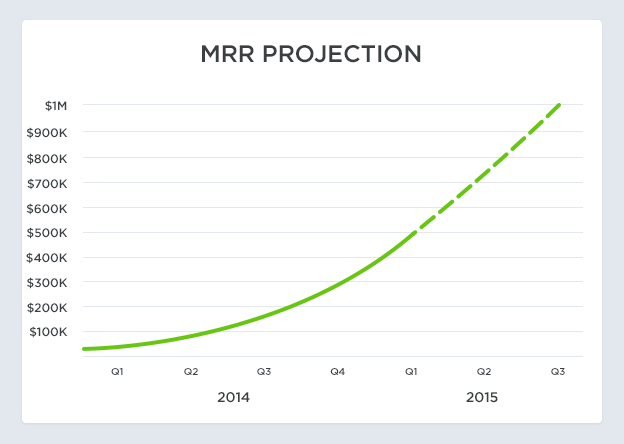
While most investors will take your rosy projections with a grain of salt, they still want to understand how you’re planning for the future. A detailed projection for the next 12 months with high level assumptions applied to the next 2-3 years is a good place to start. You’ll want to project both your MRR build and your income statement.
Be prepared to talk through the assumptions used to build out these projections. These assumptions should be things that you’re able to point to with confidence, particularly the closer they are on the horizon. Also, important to note, the projections you share in this situation will most likely be what you’re measured against should the deal close.
Customer references
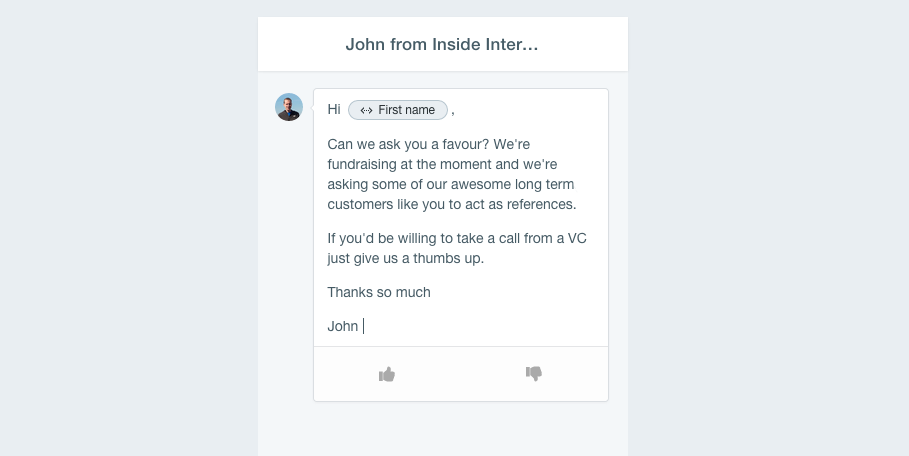
This is pretty straightforward, but if you know that you’re going out to fundraise, it’s best to have these prepared in advance. Investors will typically want to talk to a set of your largest paying customers – largest defined both by the amount they pay and by the reputation of the company. They’ll also ask to talk to a subset of your largest churned customers. Reaching out to these customers to get their consent is best practice. With Intercom, this is really easy. Reaching out to them and coaching them on what to say is not okay.
Get ready for chaos
Again, every investor is different and will think about your business differently. So, this is not an all-encompassing list of SaaS metrics. Similarly, the weaker your business is in any of these areas, the more scrutiny and more questions you’ll field on that topic. You’ll never be fully prepared for the chaos of the fundraising process, but if you take the time to be diligent about the metrics mentioned above, I’m certain you’ll impress prospective investors and you’ll run a much smoother process.
Are you somebody that loves to put together metrics and think critically about SaaS businesses? If so, why not join us?







